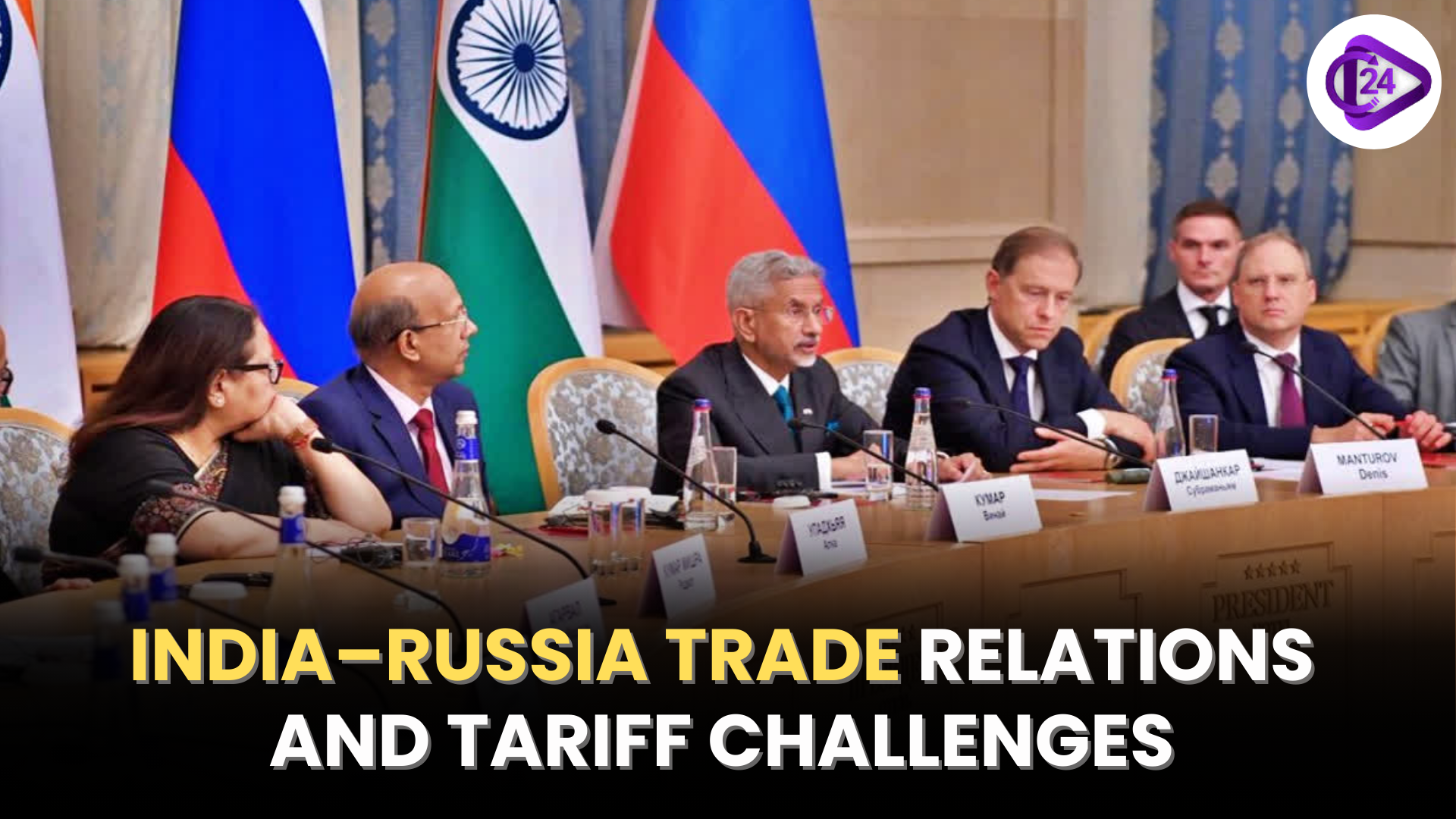
External Affairs Minister S. Jaishankar, raised issues related to tariff and non-tariff barriers protecting bilateral trade during the 26th Session of the India- Russia Inter-Governmental Commission (IRIGC-TEC) in Moscow. He has also emphasized on the necessity to make a Free Trade Agreement (FTA) between India and the Eurasian Economic Union (EAEU). This is as Australia competes with rivals China and Japan to supply Antipodean gas to India at a time when India-U.S. trade relations are under pressure as a result of the penalty tariffs imposed by the U.S.
In news
-
The Indian Trade with Russia: India at present is the largest exporter of rice to -Russia.
-
The bilateral trade increased to over $68 billion (2024-25) as compared to $13 billion (2021).
-
India majorly imports hydrocarbons in Russia.
-
Key issues: non-tariff and tariff barriers to entry, payment mechanism issues and logistics bottlenecks.
Highlights of the Remarks of Jaishankar
-
Requirement to deal with tariff and non-tariff export barriers.
-
Focus on connectivity and pain-free payments.
-
Conclusions on an India Eurasian economic union FTA.
-
The awareness of the complicated geopolitical context, in particular, the tensions in the trade between India and the U.S.
The importance of Free Trade Agreement with the EAEU
-
Market diversification: Lessens the reliance on the Western markets.
-
Energy security: Greater makes it easy to import hydrocarbons in Russia.
-
Overland connectivity: enhances North-South Transport Corridor and access of India to Central Asia.
-
Strategic leverage: Fortifies the Indian presence in Eurasian geopolitics when subject to sanctions to Russia.
Issues facing India-Russia Trade
-
Tariff and non-tariff barriers: bars on some goods.
-
Sanctions environment: The western sanctions make banking/ payment channels difficult.
-
Logistics: Absence of the direct shipping routes, usage of third countries.
-
Overreliance on hydrocarbons: There is a narrow basket of trade.
-
Chinese competition: increasing tendency of Russia to develop trade relations with China.
Implications Strategic to India
-
Balancing act: The need to keep good relations with the U.S. as well as with Russia despite the presence of rivalries in the world.
-
Energy security: Energy security with stable oil and gas imports at lowered rates out of Russia.
-
Connectivity push: It is in agreement with the Indian Eurasian outreach and INSTC (International North-South Transport Corridor).
-
Geopolitical signalling: Strengthens Indian strategic sovereignty in the foreign policy.
Conclusion
The India Russia trade is performing well, and the trend is rather uphill; however, there are bottlenecks caused by the presence of tariff barriers and payment bottlenecks. The suggested India--EAEU Free Trade Agreement may become the game-changer in the further growth of the trade beyond hydrocarbons and enhanced connectivity to the Eurasian region. But India should also maintain the increasing interactions with Russia in balance with its strategic relationship with the U.S and Europe to help in maintaining stability both economically and geopolitically.



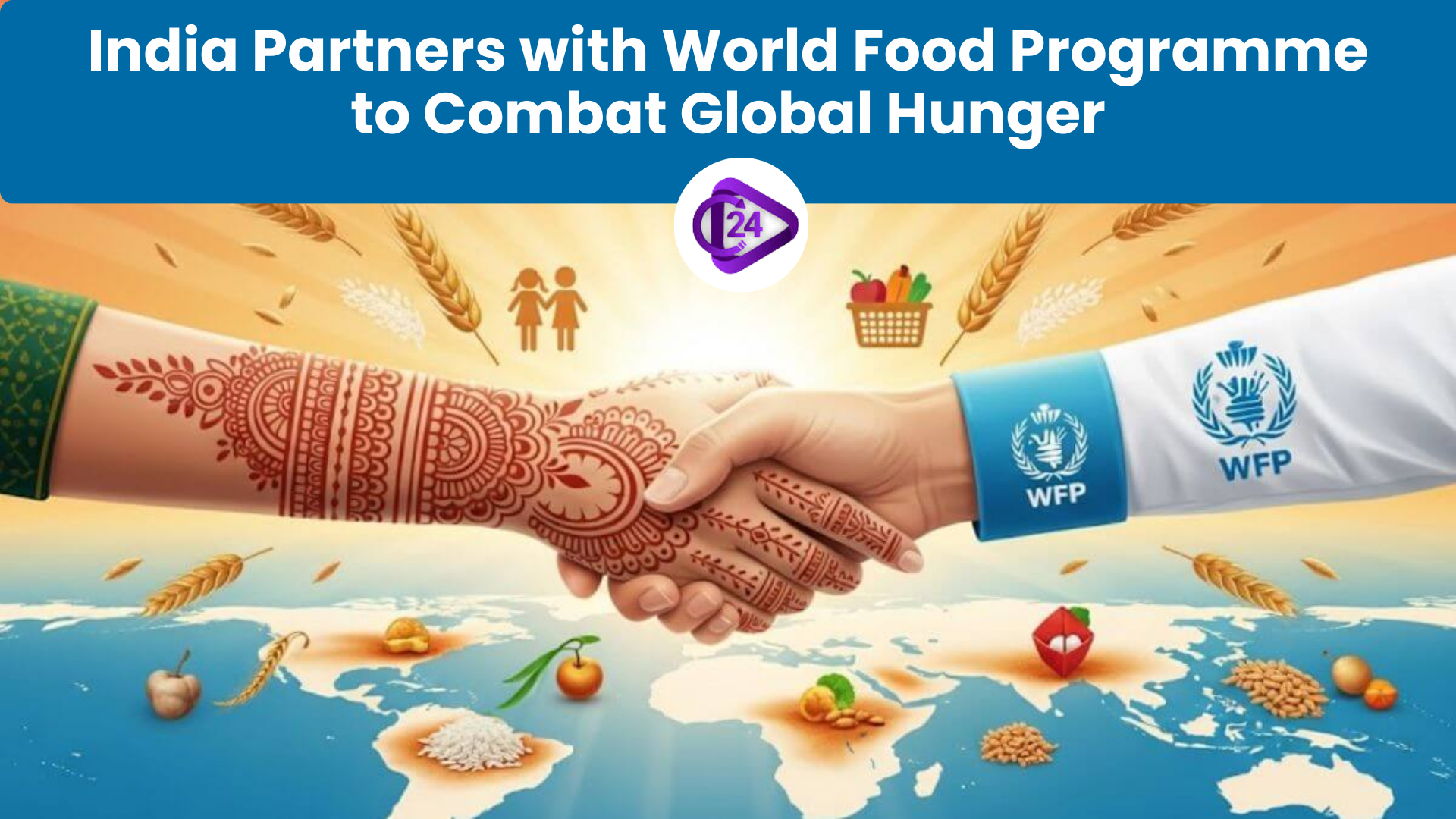 India Partners with World Food Programme to Combat Global Hunger
India Partners with World Food Programme to Combat Global Hunger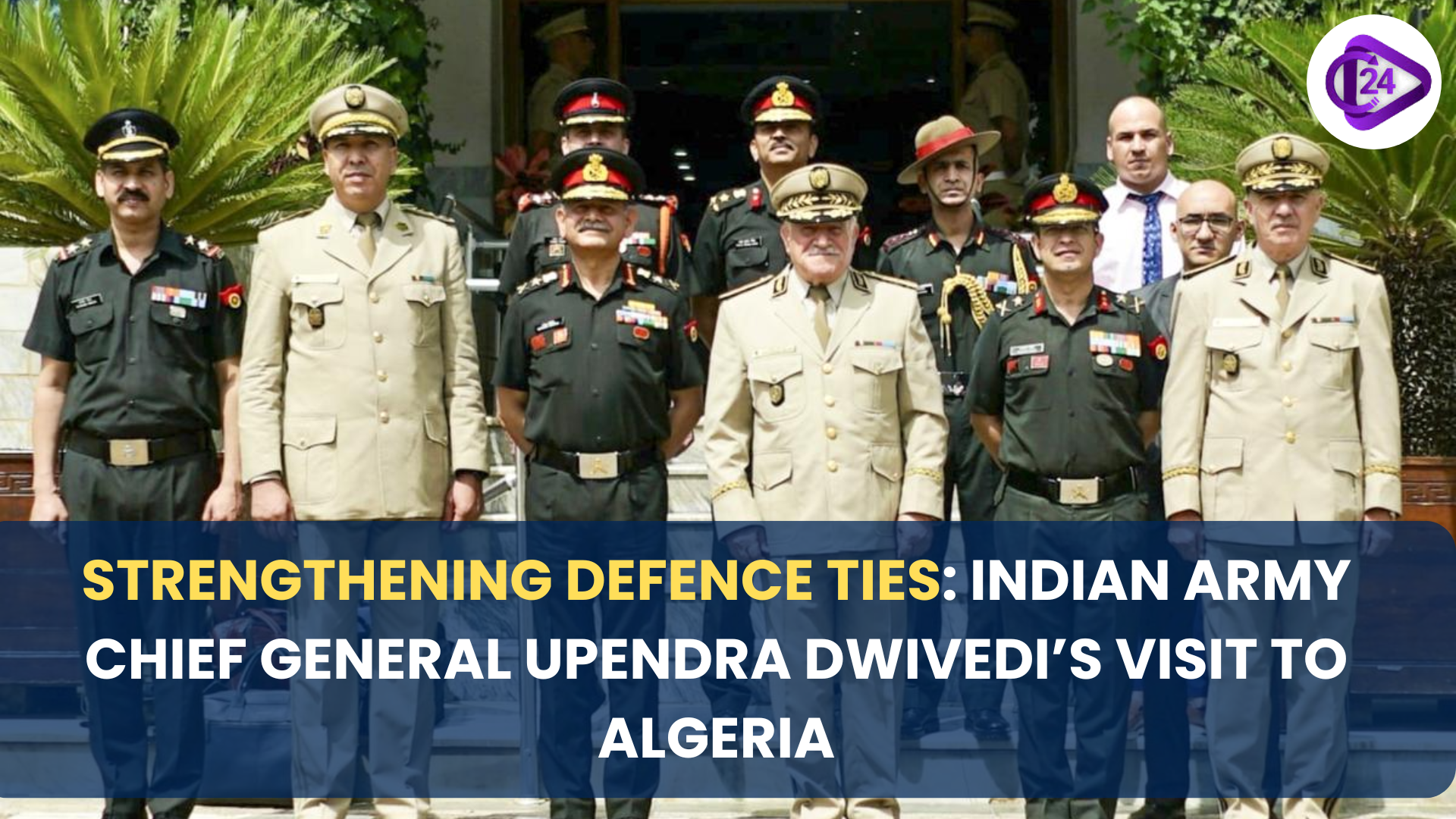 Strengthening Defence Ties: Indian Army Chief General Upendra Dwivedi’s Visit to Algeria
Strengthening Defence Ties: Indian Army Chief General Upendra Dwivedi’s Visit to Algeria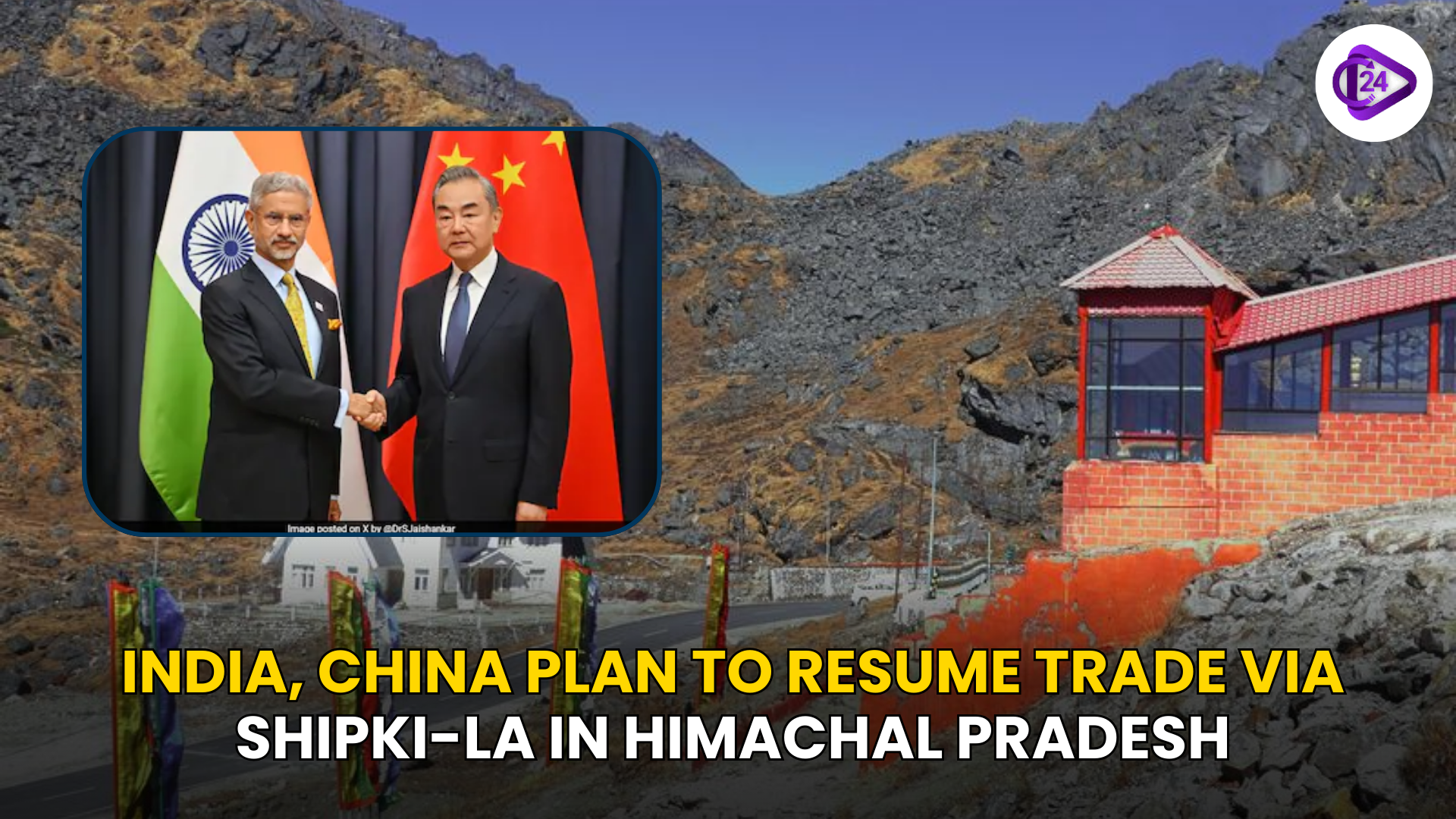 India, China Plan to Resume Trade via Shipki-La in Himachal Pradesh
India, China Plan to Resume Trade via Shipki-La in Himachal Pradesh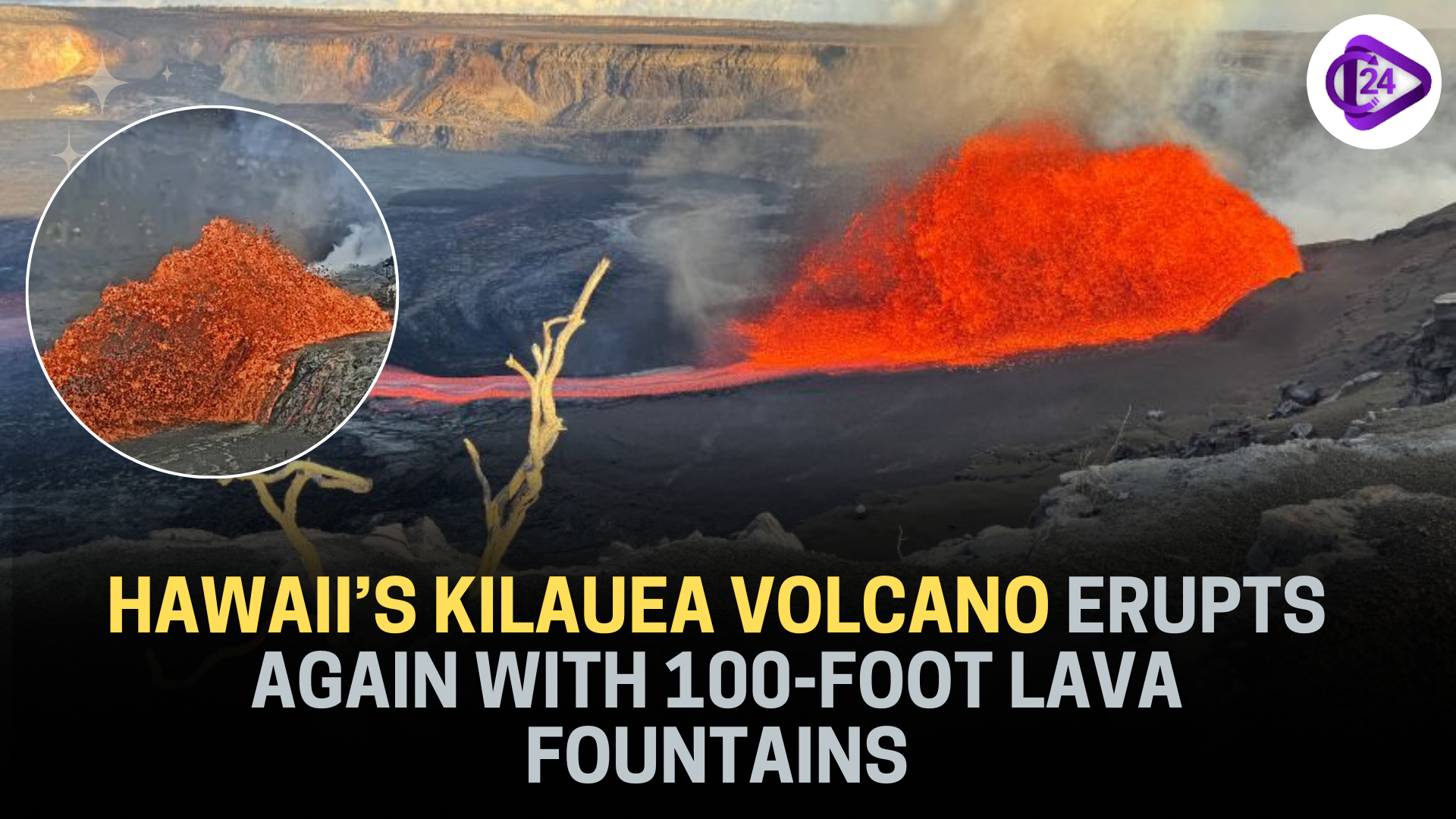 Hawaii’s Kilauea Volcano Erupts Again with 100-Foot Lava Fountains
Hawaii’s Kilauea Volcano Erupts Again with 100-Foot Lava Fountains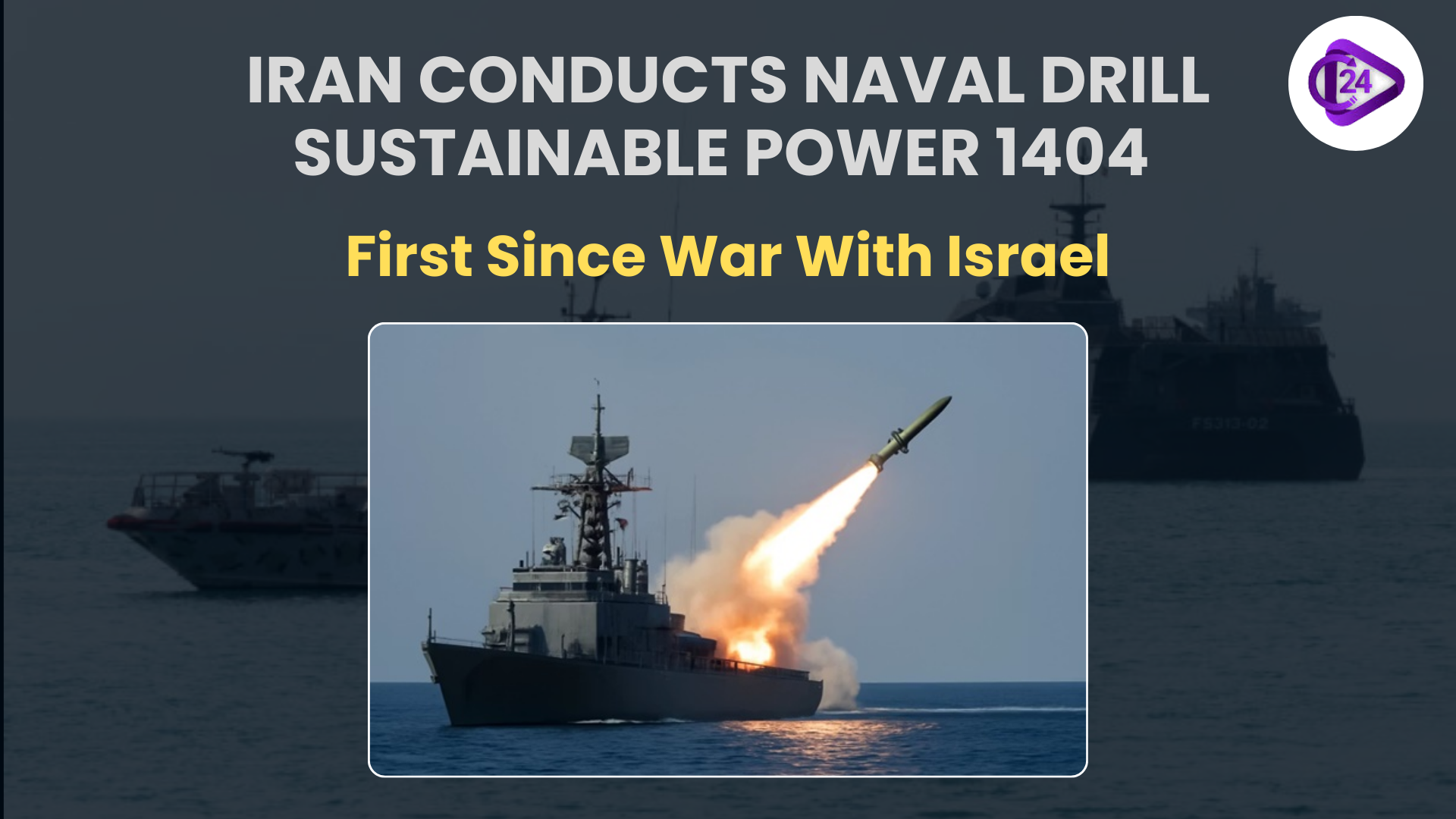 Iran Conducts Naval Drill Sustainable Power 1404 – First Since War With Israel
Iran Conducts Naval Drill Sustainable Power 1404 – First Since War With Israel NASA Launches AI Model Surya to Predict Space Weather
NASA Launches AI Model Surya to Predict Space Weather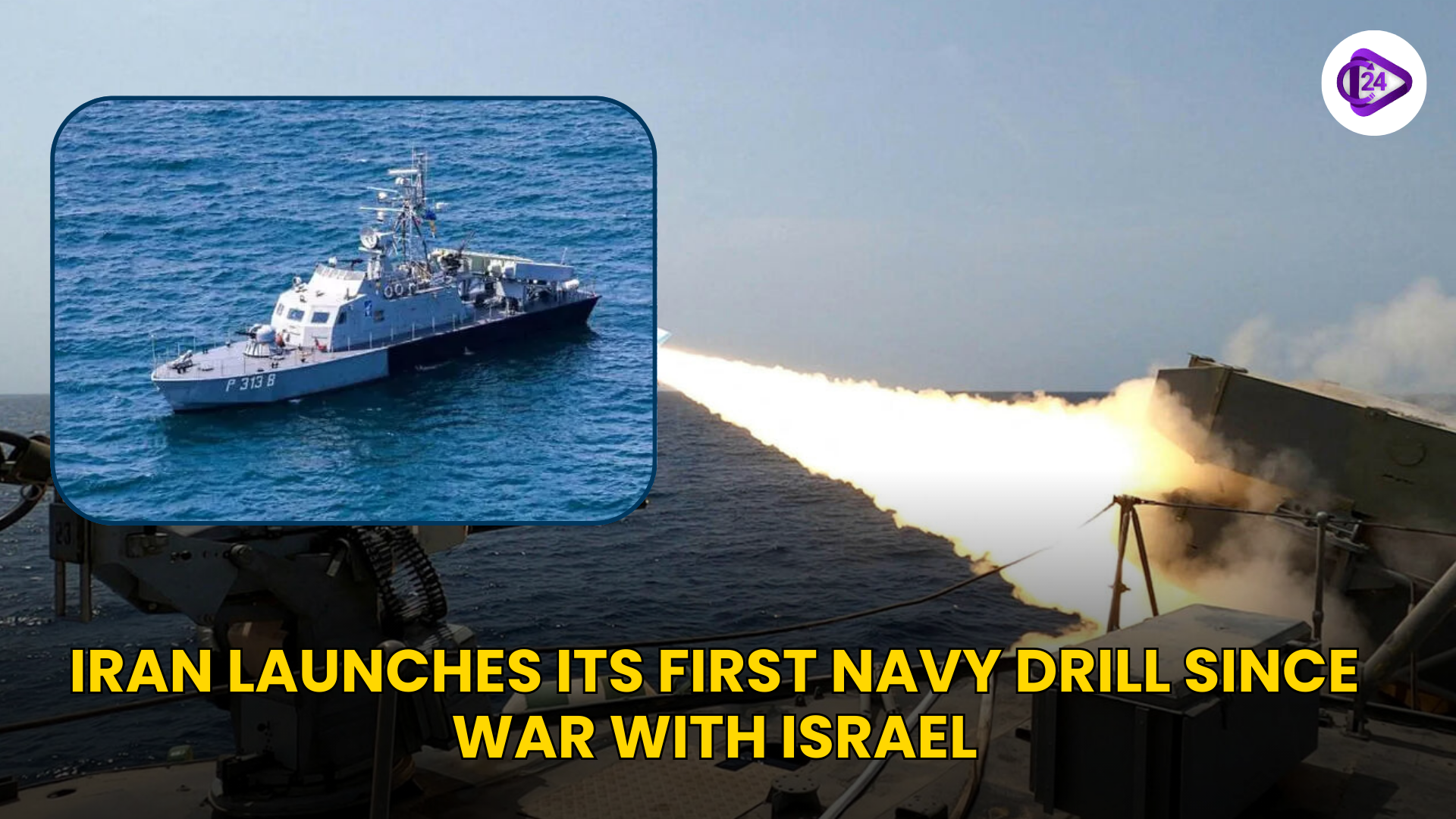 Iran launches its first navy drill since war with Israel
Iran launches its first navy drill since war with Israel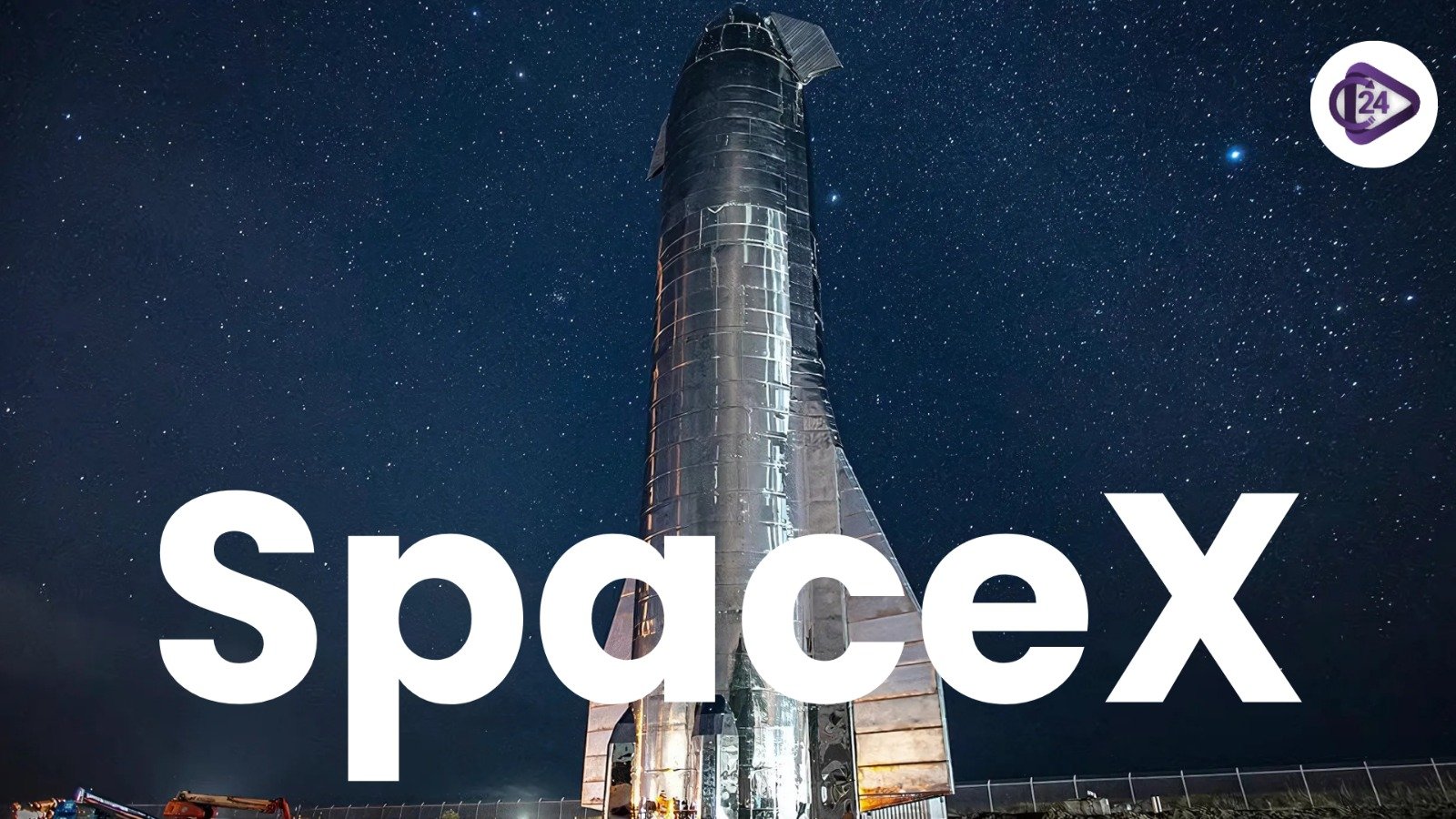 SpaceX Prepares for 10th Starship Test Ahead of NASA Moon Mission
SpaceX Prepares for 10th Starship Test Ahead of NASA Moon Mission Remembering Hiroshima: 80 Years of Memory, Destruction, and Lessons for Humanity
Remembering Hiroshima: 80 Years of Memory, Destruction, and Lessons for Humanity






